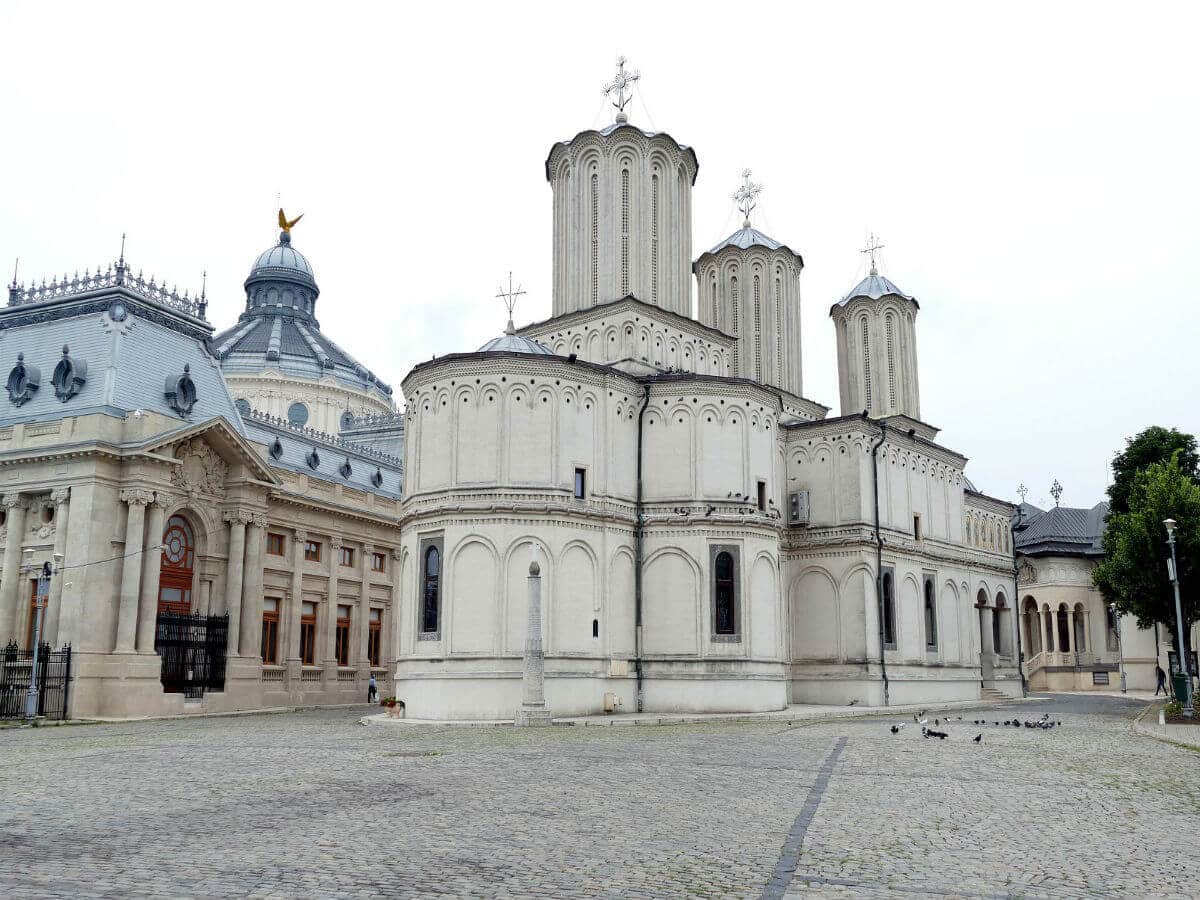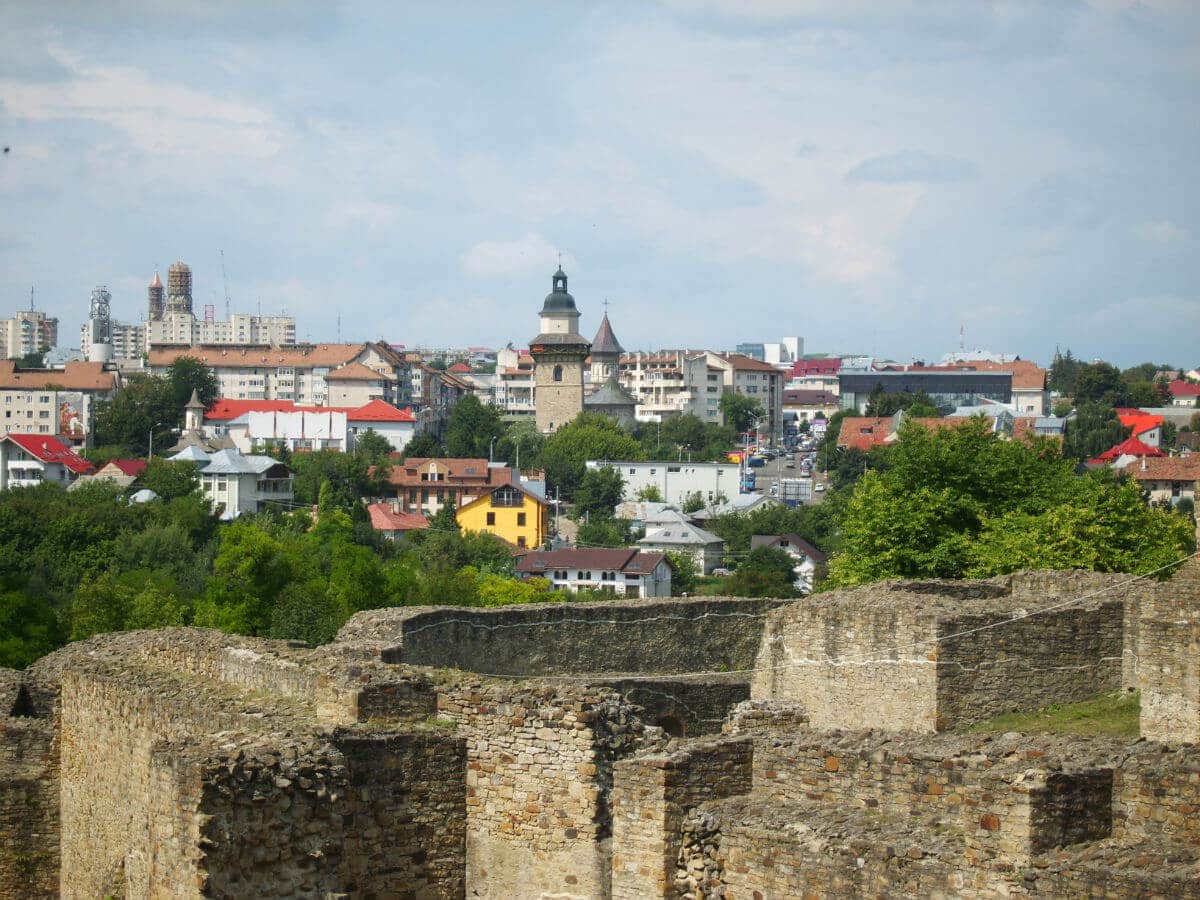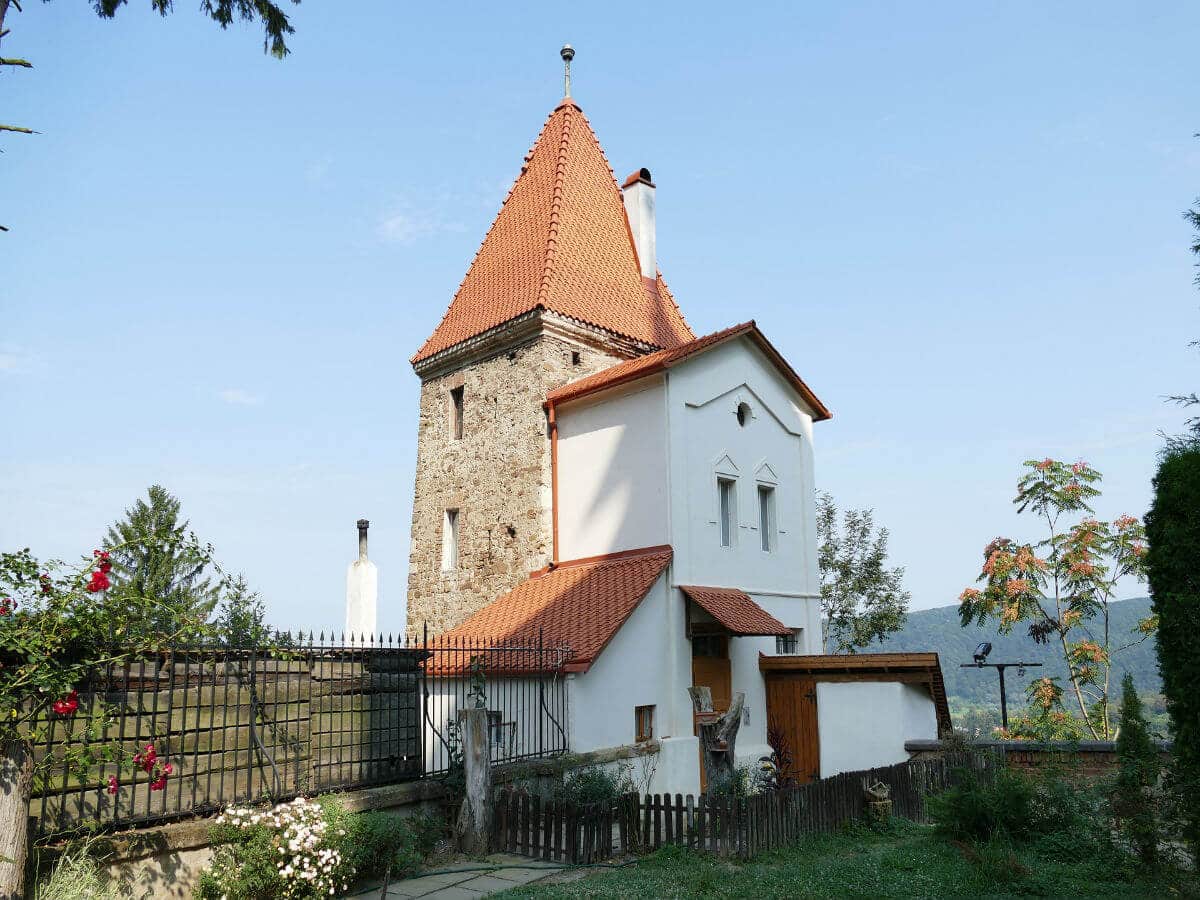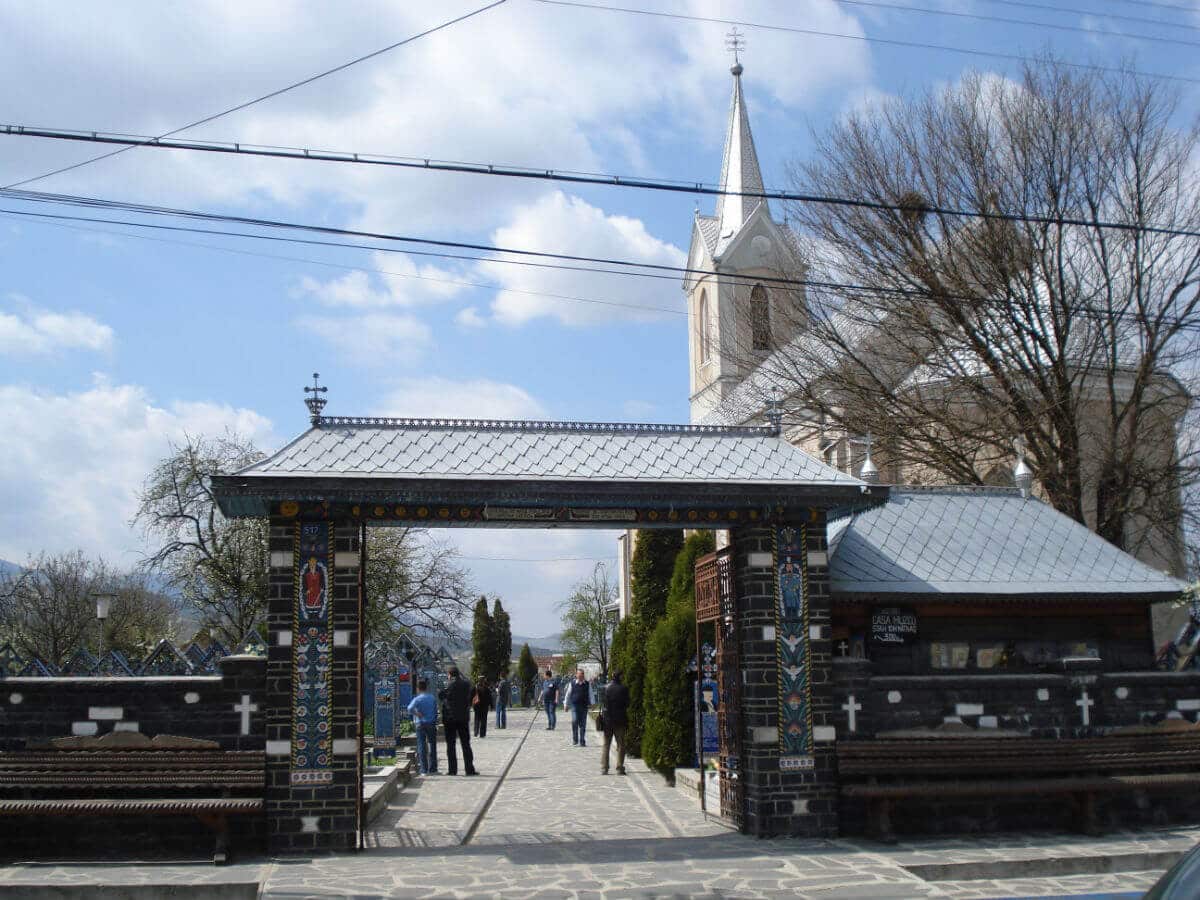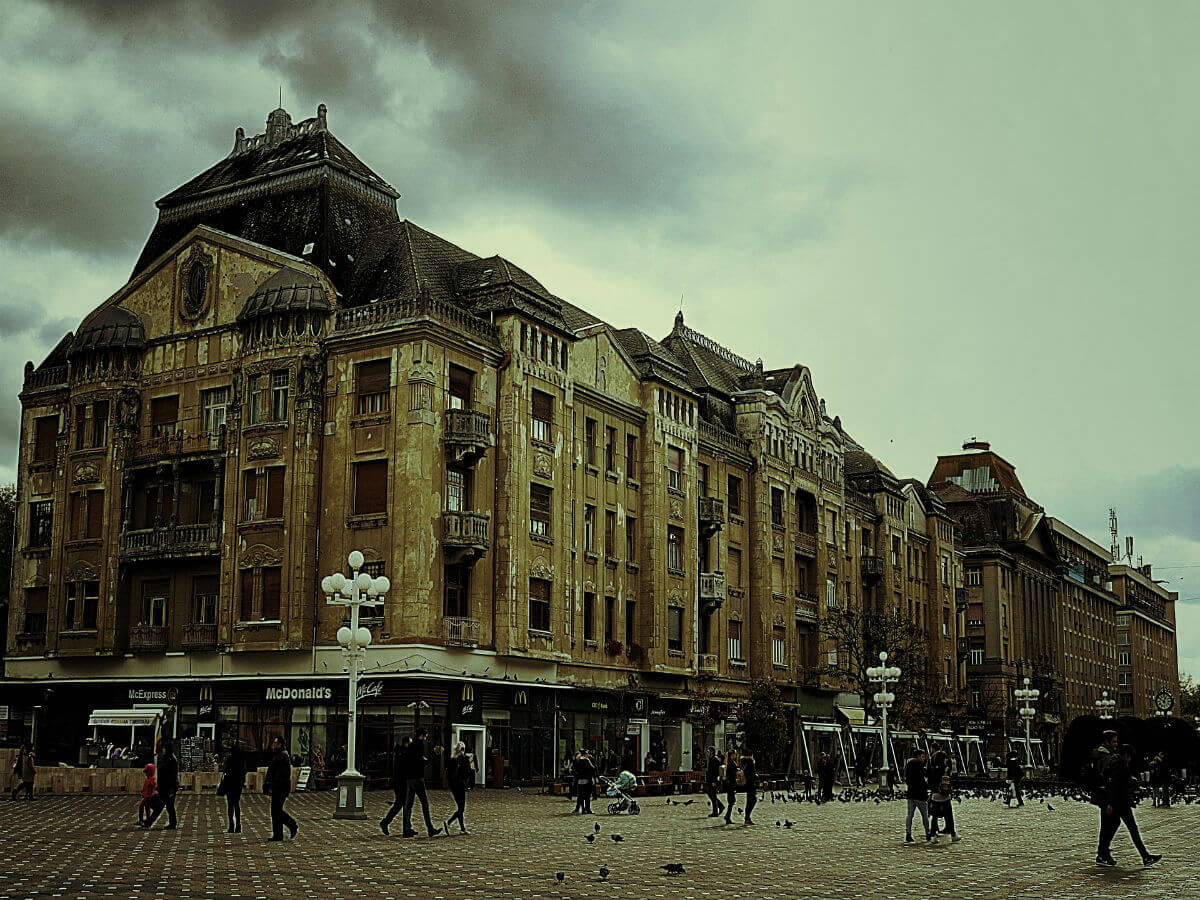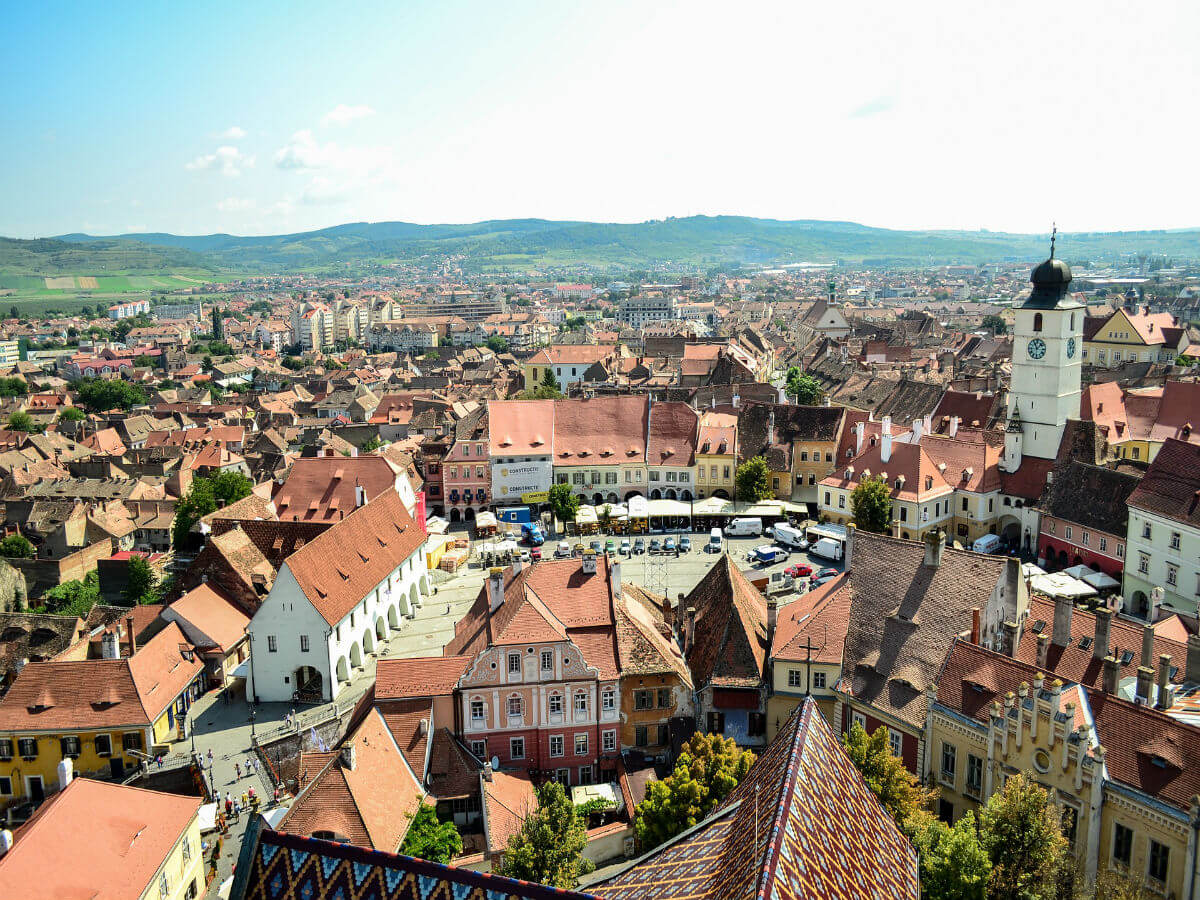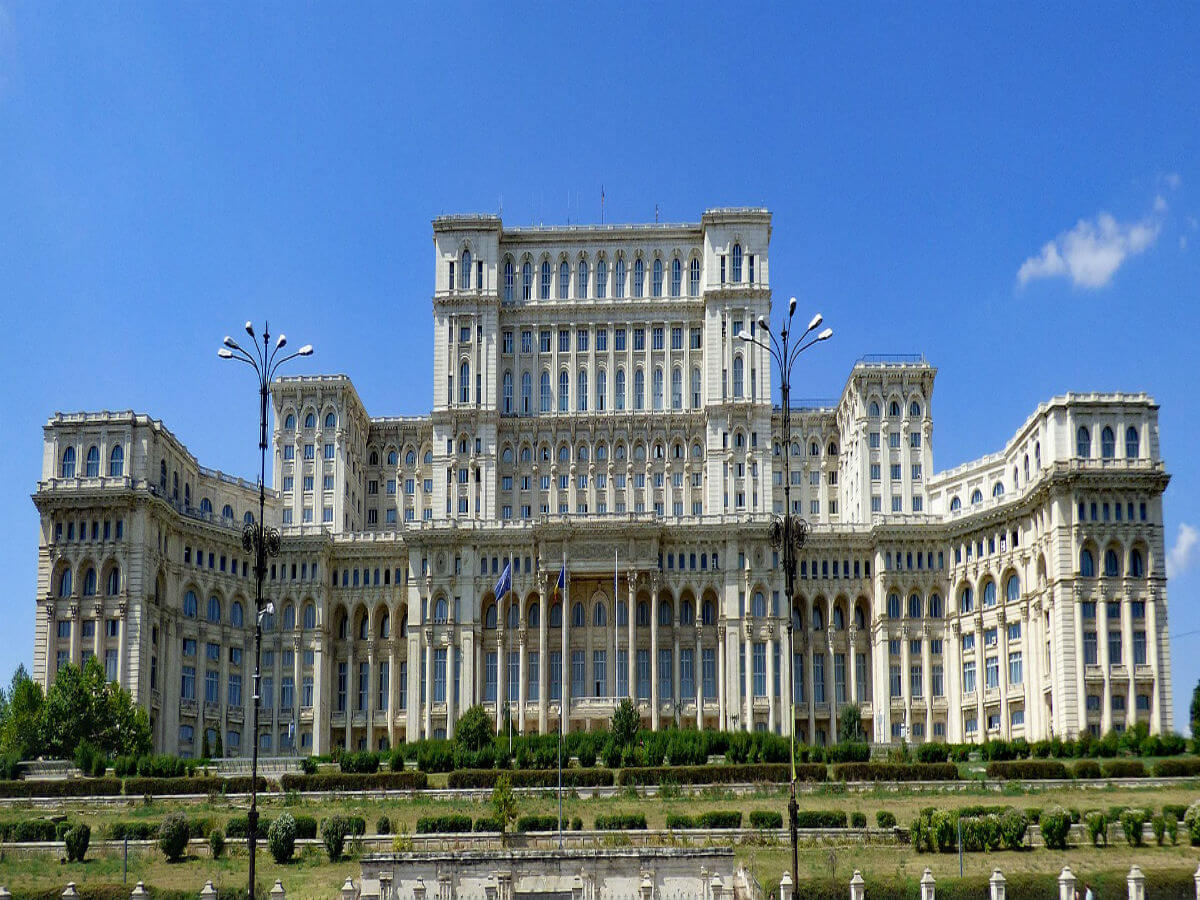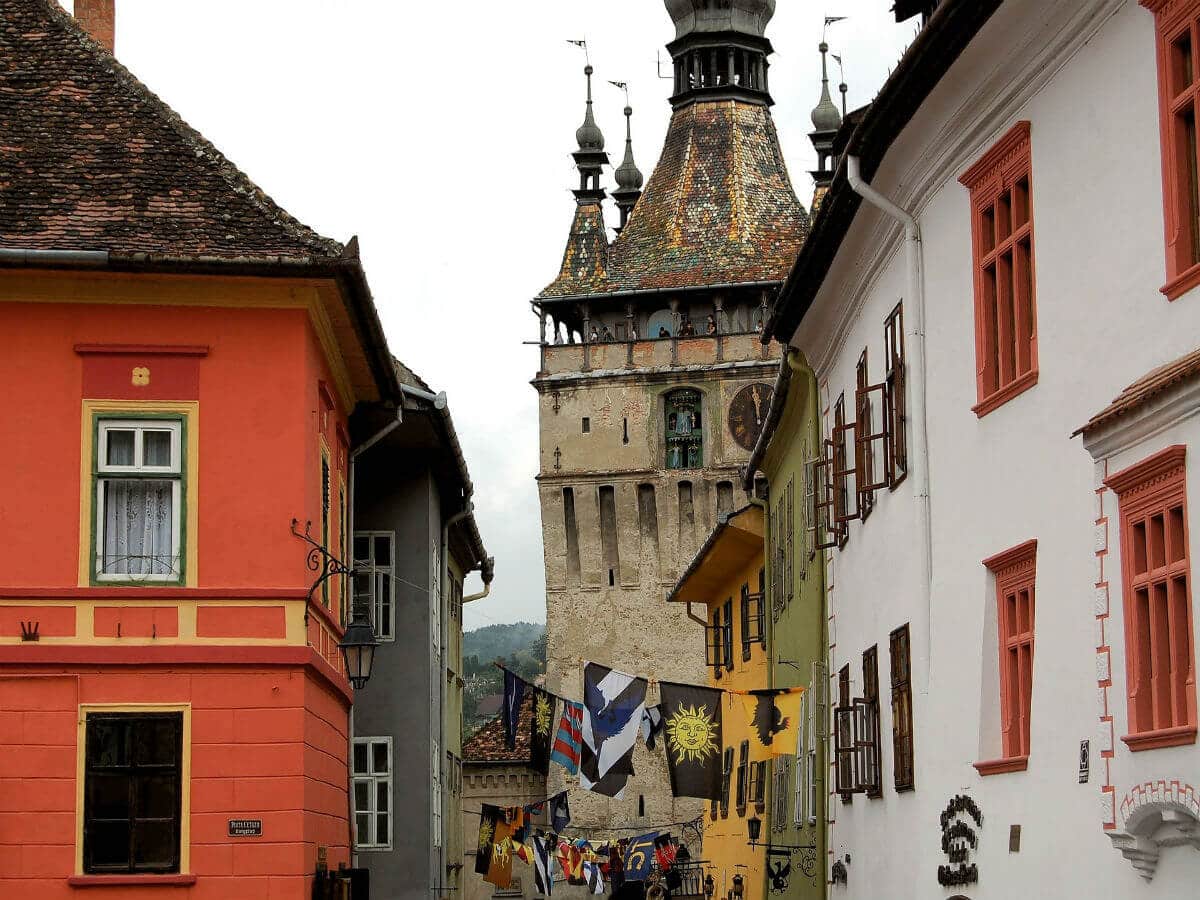From delicious foods and beverages to unique souvenirs, there is plenty you can buy for yourself and your loved ones when you book our Romania tour packages. The following are the variety of mementos you can purchase from Romania and the best markets to check out in the country:
Romania has a history of wine making that is about 2,000 years old. The country’s ancestors, the Dacians, produced delicious wine by cultivating grapes, and this ancestral tradition has now turned into a lucrative business. The Old Town in Romania offers wine tasting sessions after which you can select a wine or more of your choice.
If you enjoy the taste of dry red wine, then you must try Feteasca Neagra which is crafted by a winery named Crama Basilescu. Some of the most popular types of wine to buy from Romania include Merlot, Cabernet Sauvignon, Grasă de Cotnari, Tamaioasa Romanesca, and Busuioaca de Bohotin.
The tradition of hand painting Easter eggs is very popular in Romania, especially in the historical region of Bukovina. Various motifs are painted on the eggs, with each of them telling a different story. The symbols that are most commonly seen on these Easter eggs include religious symbols, symbols related to household items, and symbols associated with nature. Not only do these serve as fabulous souvenirs, but the Romanians also gift them to one another during the Easter holidays.
The symbols and colours visible on the eggs differ from one region to another. However, there are certain colours that are usually constant, namely red, black, yellow, blue, and green. Red represents love, yellow symbolises youth, blue is for sunny skies and health, green is for nature, and black stands for eternity.
Handmade pottery is an old Romanian tradition, with Horezu pottery being the most popular. In December 2012, it became a part of the UNESCO Intangible Cultural Heritage List. You can grab various kinds of Horezu ceramics during your trip, such as trays, plates, bowls, and cups. All of these ceramic pieces contain distinct motifs and patterns, including designs of animals and plants. Every piece you pick up is unique, having a personality of its own and painted in vivid hues of blue, green, red, and dark brown.
Both men and women contribute to the production of these ceramic pieces and perform distinct jobs. While the men are responsible for the extraction process, the women are responsible for decorating the items using special tools and techniques.
Romania is one of the major producers of honey in Europe, and tradition of making honey dates back to over 2,000 years. The activity of beekeeping and honey making was started by the Dacians, who eventually polished their skills of extracting honey over time.
A series of melliferous plants exist in Romania that contribute to its high honey production. In addition to being a natural sweetener, this honey has several health benefits, including antibacterial and anti-inflammatory properties. Some of the different kinds of honey you can buy during your holiday with our Romania tour packages are acacia, linden honey, colza honey, and polyfloral honey.
The traditional Romanian blouse known as ‘ie’ is considered as a part of the country’s identity. Back in the day, peasant women wore this blouse during special events, such as christenings and weddings. Some of the young women of Romania still wear it as a sign of beauty, freedom, tradition, and connection to their ancestors.
The finest cotton or linen threads were used to make these blouses, with the exquisite ones consisting of blue or gold silk threads. Not only was this blouse once present in almost every household in Romania, but some even hung it on the walls of their homes as a piece of decoration.
When you visit a Romanian home, chances are that you will be served homemade jam along with hot coffee and a glass of cold water. Making jam is a tradition that is very nostalgic among the Romanians, adding a whole different flavour to your toasts and crackers.
There are a variety of jams you can choose from while in the country, such as ones made from walnuts, peaches, plums, and apricots. If you like jams that are slightly sour, then you can get the ones made from red berries and sour cherries. Interestingly enough, Romania also has jams that are made using chilli peppers and onions.
Romanian women are often seen pairing their attires with traditional Romanian jewellery around their wrists or necks. These are usually beaded jewellery that are available in the form of rings, earrings, necklaces, and bracelets for tourists to purchase.
Tuica or palinka is the name of the plum brandy that is often consumed in Romania before a meal. While this brandy is commonly made using plums, there are other flavours available as well, such as those made from pears, apples, sour cherries, grapes, and peaches. Although this strong drink is sold at several souvenir shops and supermarkets, it’s recommended to buy it from a local market or rural areas.
Traditional Romanian masks serve as just the kind of souvenirs that will add to the beauty of your living room. These masks are often used during dances, rituals, or major celebrations. In the rural areas, people wear these masks during special occasions to protect themselves against evil spirits.
Carturesti Carusel: For books, wine, stationery, notebooks.
Band of Creators: For accessories and designer clothes.
Floraria Florens: For flowers, plants, and bouquets.
Unirea Shopping Centre: For textiles, painted eggs, rugs.
AFI Palace Cotroceni: For branded and designer clothes.
Baneasa Shopping City: For cosmetics, electronics, clothes, shoes.
Mega Mall: For souvenirs, cosmetics, clothes, electronics, accessories.
Lipscani Street: For cafes, souvenirs, boutiques.

















